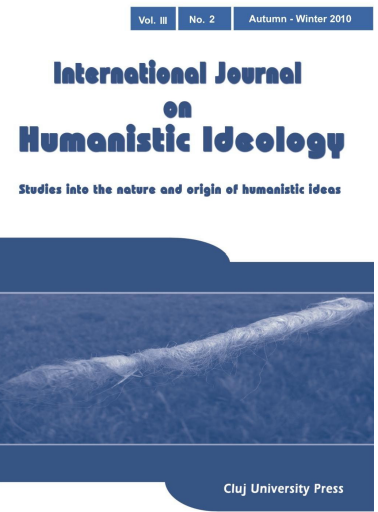Rabindranath Tagore: Envisioning Humanistic Education at Santiniketan (1902-1922)
Rabindranath Tagore: Envisioning Humanistic Education at Santiniketan (1902-1922)
Author(s): Kathleen O’ConnellSubject(s): Philosophy
Published by: Presa Universitara Clujeana
Keywords: Santiniketan School; educational system; community; learning; humanism; methodology
Summary/Abstract: This article traces some of the significant developments that occurred in the first two decades, as the Santiniketan School evolved from the Brahmacharyashram into Visva-Bharati, an international learning centre. The first section focuses on the historical context within which Tagore formulated his educational vision, as well as some of his formative educational influences and the historical origins of the Brahma-charyashram. Two documents are then examined, in which Tagore discusses his educational priorities: the first is a 1902 constitutional letter representing Tagore’s plan for the Brahmacharyashram; the other is a 1918 essay “The Centre of Indian Culture” in which Tagore articulates his vision for Visva-Bharati and Sriniketan. Here we find Rabindranath, using the Buddhist learning centres at Nalanda, Taxila and Vikramshila as indigenous idealized models, creating a broader educational paradigm. Such a model emphasizes scholarship, hospitality, cosmopolitanism and a harmonious relationship with the local community. The concluding section examines the developments that occurred between 1902 and 1922 and assesses Tagore’s goals and achievements from a present-day perspective.
Journal: International Journal on Humanistic Ideology
- Issue Year: III/2010
- Issue No: 02
- Page Range: 15-42
- Page Count: 28
- Language: English

